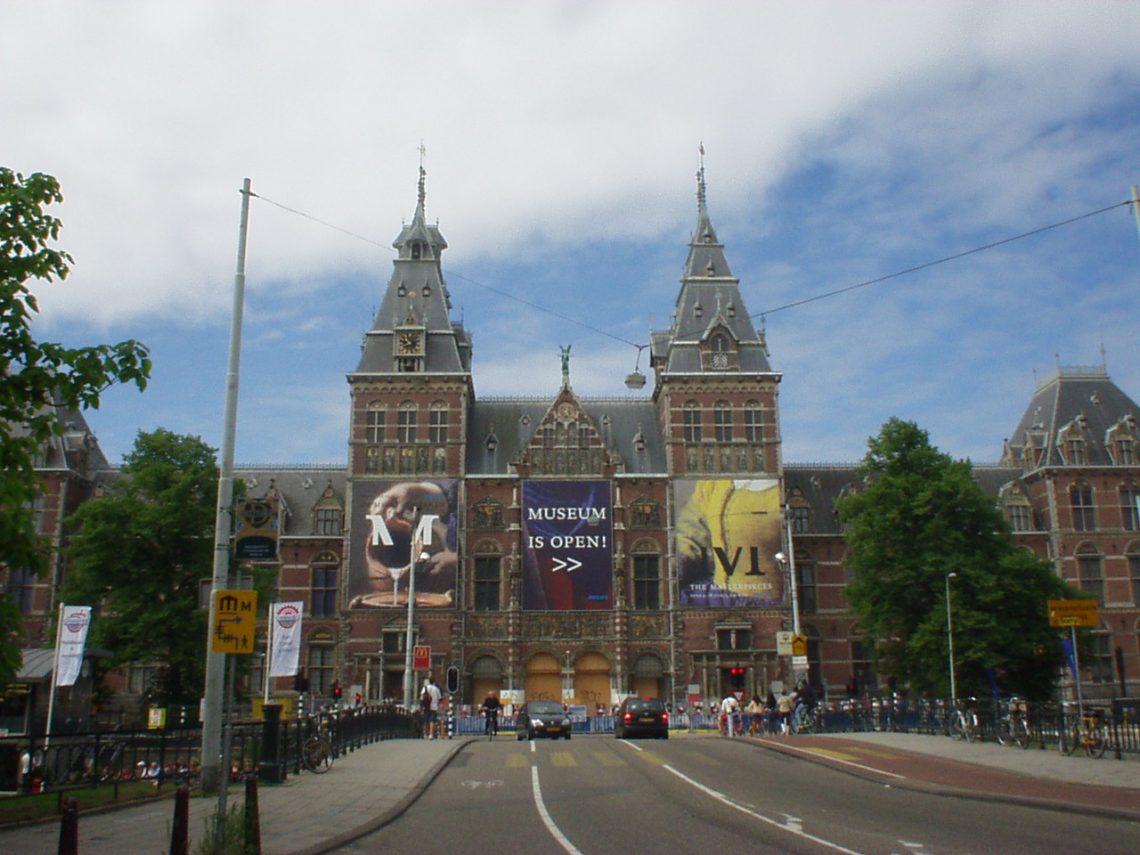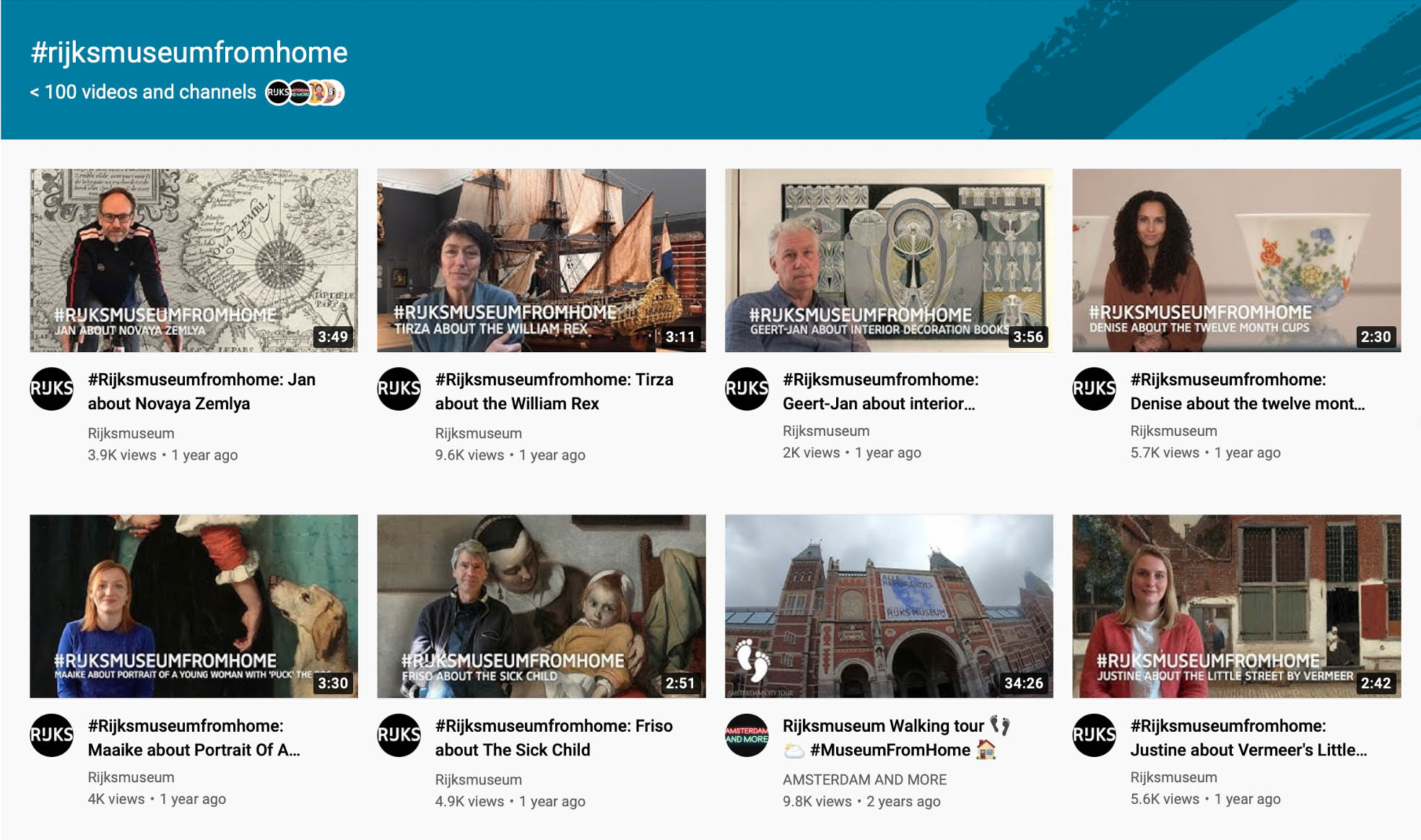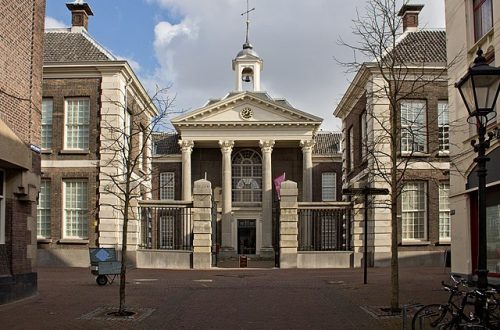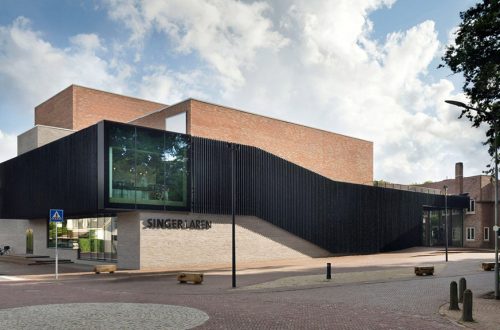
Rijksmuseum from Home / #RijksmuseumFromHome (Amsterdam, the Netherlands)
As an alternative for visiting the museum during the pandemic, employees of the Dutch Rijksmuseum for art and Dutch history created a series of short videos at home, highlighting a cherished object from the museum collection through a personal story. In a total of 24 videos (January 2022) in the ‘Rijksmuseum from Home’ series, museum specialists shared their personal fascinations for one object, while incidentally also referring to the pandemic and its impact on society. The movies were posted on the website of the museum, as well as social media, such as YouTube and Instagram.
Background
The Rijksmuseum is a well-known Dutch national museum for art and Dutch history. It was established as a museum in 1800, moved locations a few times since then, and is now associated with an iconic building in the Amsterdam city centre that opened in 1885. The collections of the museum cover (Dutch and Asian) art, prints, photos, sculptures, crafts, historical objects, a library and a number of online databases. More than 700.000 objects are available online through high-resolution images.
The Rijksmuseum aims to connect national as well as international audiences to 800 years of Dutch art and history and does so by presenting an extensive collection physically as well as online. Nationally as well as internationally, the museum is best known for its significant collection of seventeenth century Dutch paintings that are hung in a church-like ‘gallery of honour’ in the central axis of the building, but the museum offers many other activities such as temporary exhibitions, educational projects and research facilities. Recently, the museum has gained praise for a series of historically oriented exhibitions, that do not avoid critical reflection on Dutch colonial history and its relation with Dutch elite fortune and artistic achievements in the seventeenth century (and onwards). The museum is part of a network of national and international partners and seeks to work in a sustainable way, promoting diversity and participation.
The museum is organized in three departments: collections, development and media, and an organizational department. A public / educational department is part of the collection department. In 2020, the museum received a structural government subsidy of 32.822.000 Euro and additional public funding of 24.928.000 Euro.
Because of Corona, in 2020, the Rijksmuseum in Amsterdam only received a quarter of the regular visitors, a decline of more than 2 million people. The majority of this absent group were tourists, while the number of children and local visitors had risen. During the pandemic, the Rijksmuseum’s most promising opportunity was serving an online community which they did by new online initiatives, such as #rijksmuseumfromhome.

Description
Within two weeks following the Dutch lockdown regulations, the Dutch Rijksmuseum for art and Dutch history asked its employees to create short videos from their home, highlighting an object from the museum collection in the form of a personal story. Unlike most of the many other projects the museum undertakes, they didn’t provide a strict framework for the employees to adhere to. This gave the employees the freedom to convey their passion in a highly personal format, recording the video’s in front of their bookcases, in their home offices or even from their own yard.
Soon, the museum was happy to publish 24 videos, made by several curators, each discussing a favourite piece of the museum collection. One video (a special) was done by the chef of the Rijksmuseum restaurant, in which he shares a ‘Mother’s Day’ recipe. All videos combine footage of the Rijksmuseum employees in their personal environment mostly with static photos of the related objects, incidentally with a related (museum) object present. The movies were posted on the website of the museum, as well as social media. In the video’s, we look at Rijksmuseum collection items through the eyes of one of the collection specialists. Key in all video’s is a sense of authenticity of the personnel’s engagement with the collection, but also sharing in the lockdown situation that the whole of the country was inadvertently experiencing.
The process of the making of the videos involved trial and error, and the Rijksmuseum advises anyone with similar plans to test a lot. The museum started out with sharing a concept and emphasized on a clear storyline. The movies were mostly filmed with smartphones so cinematographic quality wasn’t the first concern, though some of the videos had to be recorded multiple times due to unintelligible speech or similar issues. The museum posted a total of 24 videos (January 2022) that are narrated in English with the option for English or Dutch subtitles. The movies have an approximate length of 2.5 – 3.5 minutes. The videos are organised in five collection categories: paintings, applied art, Dutch history, Asian art and the print collection (‘prentenkabinet’) and a ‘special’, featuring the Rijksmuseum restaurant’s chef.

Impact
Online projects that are shared widely are hard to evaluate in detail. On YouTube, the number of views range from 2.064 to 19.492 views per video (January 2022), whereas on Instagram the views amounted to 20,000 to 60,000 views – Nanet Beumer (Head of the Digital department of Communication & Marketing) reported in an interview on February 8th, 2022, some 80,000 views per video in total, across multiple platforms. In the article ‘#Rijksmuseumfromhome and other digital stories’ from DEN (the Dutch Knowledge Institute for Culture and Digital Transformation), Beumer recounts how a visitor of the online channel went to a home for the elderly with his tablet to show them the online footage on a big screen. His initiative was probably rather incidental, but it was highly appreciated for sure. It does underline the perception of the museum that online audiences have been very creative with the museum’s online content.
Another way to evaluate the impact this project had is reading the comments left under the YouTube and Instagram videos. Aside from some incidental complaints about technicalities such as sound or a lacking weblink to the museums website, the comments are positive. Some even reached out with questions either directed to the narrating employee or the Rijksmuseum itself, but they rarely got a reply. When asked about this, Beumer explained that the enormous amount of content posted daily on multiple platforms while only having one Social Media Manager resulted to them not being able to seize this opportunity and connect with their audience further. Nevertheless, the museum is very proud of this project and its success, which Beumer accredits to the authenticity, timing of the project and personal touch in every video.
One last thing to add is the impact of the project on the employees. It doesn’t take a professional to see the joy and passion every employee expresses in their videos about their chosen object and/or their work. The Rijksmuseum takes pride in sharing their collection in the smallest detail, but this personal approach to exhibiting their collection online has been one for the employees not only to be proud of, but also to partake in.
Interpretation
With the Rijksmuseum From Home video series, the Rijksmuseum has reached out to online audiences in times of the COVID pandemic. The personal accounts ring true because of their modesty and genuine love for the museum collections. Audiences have reacted very positively, although the museum may not have been very engaged with these reactions, some specific questions have not been answered in the comment section of the YouTube channel. The videos on YouTube contain advertisements, which may not have been necessary considering the scale, investment and costs of the videos – the advertisement strategy somewhat conflicts with the personal and low-tech approach of the project. On the other hand, the advertisement strategy may be decided for the whole of the YouTube channel, and not only the YouTube playlist of the #RijksmuseumFromHome videos.
References
- Beumer, N., Head of the Digital department of Communication & Marketing at the Rijksmuseum, interviewed by N. Kaiser on the 8th of February, 2022
- DEN Kennisinstituut cultuur & digitale transformatie, “#Rijksmuseumfromhome and other digital stories.”, https://www.den.nl/actueel/artikelen/469/rijksmuseumfromhome-en-andere-digitale-verhalen
- Museum Next, “Museums in lockdown: Rijksmuseum.”, https://www.museumnext.com/article/rijksmuseum-covid-lockdown/
- Rijksmuseum, Playlist #Rijksmuseumfromhome, https://www.youtube.com/hashtag/rijksmuseumfromhome
Author
Header photograph
Wikimedia Commons




